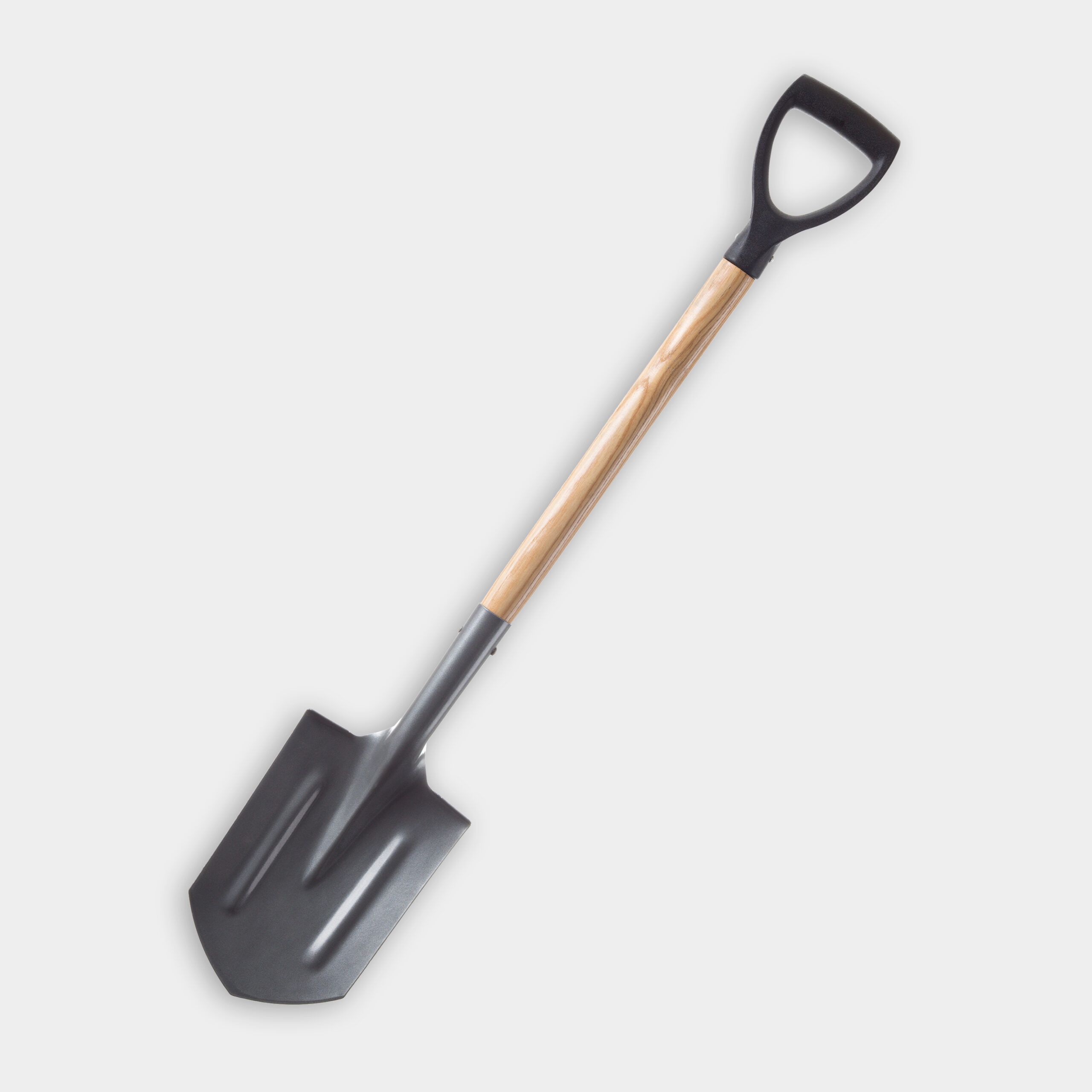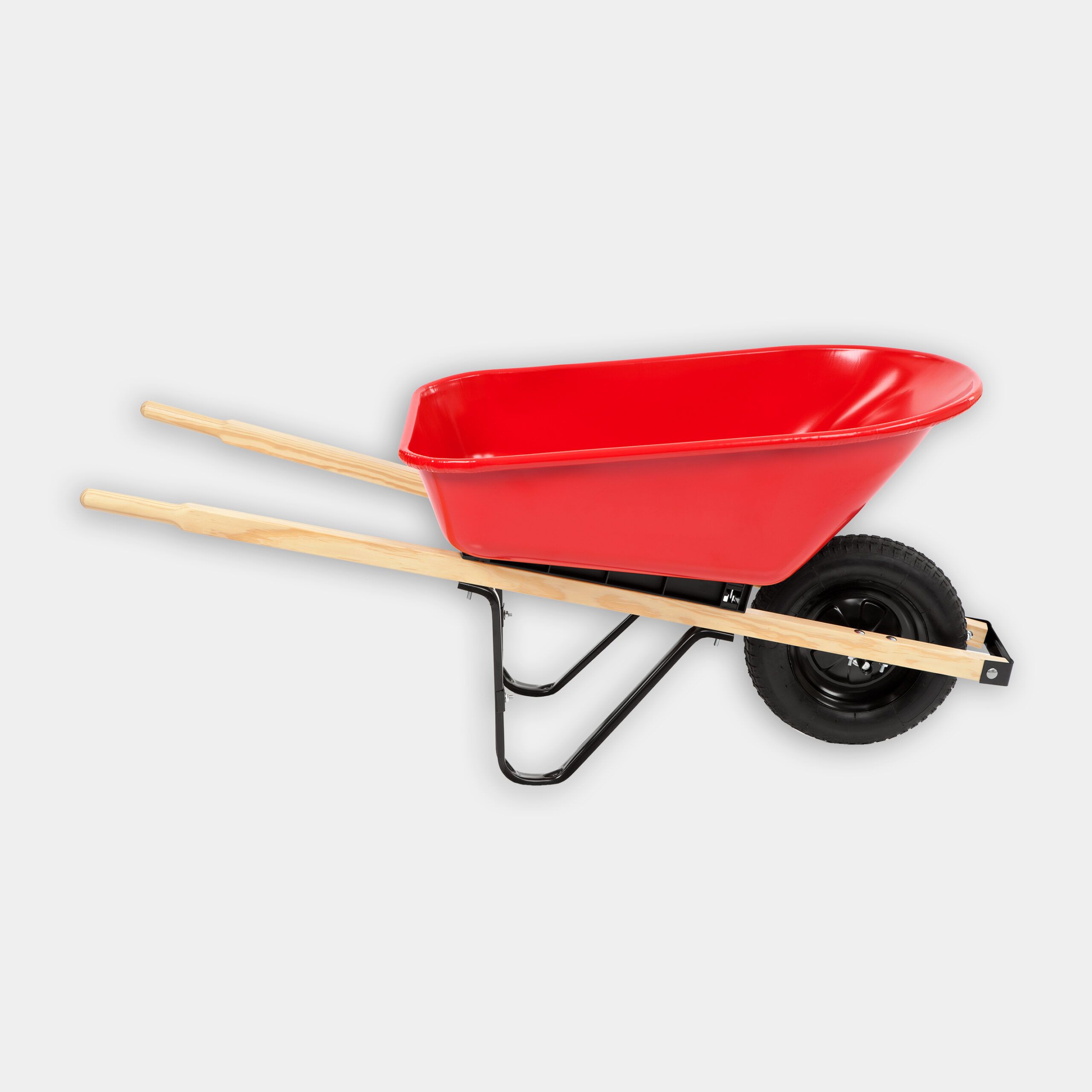We may be compensated if you purchase through links on our website. Our team is committed to delivering honest, objective, and independent reviews on home products and services.
Climbing roses can transform an ordinary fence or trellis into a stunning floral display. These versatile plants offer a blend of beauty and function, adding vertical interest and color to your landscape. In this guide, we’ll explore how to choose the right climbing roses for your space and plant them for optimal growth. This Old House landscape contractor Roger Cook and rosarian Felicity Keen show how to beautify a fence line with blooming rose bushes in the video above.
Choosing the Right Climbing Rose
Choosing the perfect climbing rose for your garden involves considerations like your local climate and the rose’s size and blooms. Take the time to select the right variety for a beautiful and thriving display.
Climate Considerations
When selecting a climbing rose, choose a variety that’s well-suited to your climate. Some roses are more cold-hardy than others, while other varieties thrive in warmer regions.
- Sun exposure: Most climbing roses prefer full sun, which means at least six hours of direct sunlight daily.
- Wind protection: Consider planting climbing roses in areas sheltered from strong winds to prevent damage to the canes.
- Zone hardiness: Check your USDA hardiness zone and select roses that are appropriate for your area.
Growth Habits and Size
Climbing rose varieties have varying growth habits and mature sizes. Choose a rose that fits your available space and support structure.
- Height: Climbing roses can range from 6 to 20 feet tall, depending on the variety.
- Spread: Consider the width of the rose bush when fully grown, which can be anywhere from 3 to 10 feet.
- Vigor: Some climbers are more vigorous growers than others, requiring more frequent pruning and training.
Bloom Characteristics
Climbing roses’ main attraction is their flowers, so consider their characteristics when making your selection.
- Bloom cycle: Consider whether you want a variety that blooms continuously throughout the season or one with a spectacular but shorter bloom period.
- Color: Choose a color that complements your landscape and home exterior. Red or white roses offer a classic look, while soft pinks or peaches create a warm feel, and bright yellows or oranges provide a bold contrast.
- Fragrance: Some climbing roses are highly fragrant, while others have little to no scent.
Preparing for Planting Climbing Roses
Before you plant your climbing roses, prepare the site and gather the necessary tools and materials. Proper preparation will set the stage for healthy, thriving plants.
Choosing the Planting Location
Selecting the right spot for your climbing roses contributes to their long-term success. In the video, Cook emphasizes the importance of full sun exposure for optimal growth and blooming.
- Soil quality: Ensure the soil is well-draining and rich in organic matter.
- Sun exposure: Choose a location that receives at least 6 hours of direct sunlight daily.
- Support structure: Select a sturdy fence, trellis, or arbor that can support the weight of mature climbing roses.
Gathering Tools and Materials
Having the right tools and materials on hand will make the planting process smoother and more efficient. Here’s what you’ll need:
- Jute string or Velcro plant ties
- Mulch
- Organic fertilizer (such as chicken manure)
- Peat moss
- Pointed shovel
- Superphosphate
- Watering can or hose
- Wheelbarrow
Soil Preparation
Proper soil preparation gives your climbing roses a strong start. Follow these steps to amend the soil:
- Dig a hole twice as wide and 6 inches deeper than the plant’s root ball.
- Set aside the topsoil and discard any sandy soil you encounter.
- Mix the topsoil with peat moss, superphosphate, and organic fertilizer, as demonstrated in the video.
- Add 6 inches of the amended soil to the bottom of the hole before planting.
Planting Your Climbing Roses
Now that you’ve selected your roses and prepared the site, it’s time to plant. Follow these steps to ensure your climbing roses get off to a great start.
- Gently tap the sides of the pot to loosen the root ball. Carefully remove the rose from its container to minimize stress on the plant.
- Place your hand over the soil surface, supporting the plant’s base.
- Turn the pot upside down and slide the plant out.
- If the roots are tightly bound, gently tease them apart with your fingers.
- Place the rose close to the support structure, as Cook demonstrates.
- Check that the plant is straight and at the right height before backfilling.
- Use the amended soil mixture to backfill around the root ball.
- Gently firm the soil to eliminate air pockets, but avoid compacting it too much.
- Create a slight basin around the plant to help retain water.
- Water thoroughly, allowing the soil to settle around the roots.
Post-Planting Rose Care
After planting, your climbing roses will need ongoing care to establish themselves and thrive. Follow these guidelines to help your roses get off to a strong start.
Mulching
Apply a layer of mulch around your newly planted roses to conserve moisture and suppress weeds:
- Spread a 2-inch layer of organic mulch, such as bark chips, around the base of the plant.
- Keep the mulch a few inches away from the stem to prevent rot.
- Replenish the mulch as needed throughout the growing season.
Watering Schedule
Water daily for the first week after planting. After that, provide about one gallon of water per week. Adjust watering based on rainfall and soil moisture levels.
Training and Support
Guide your climbing roses as they grow to ensure they cover your support structure beautifully. Use soft ties, such as jute string or Velcro straps, to secure canes to the support. Avoid using wire ties, which can damage the canes as they grow. Gently fan out the canes to cover the support structure evenly.
Monitoring Soil and Roses
Consistent monitoring promotes early disease detection and overall health. After planting your climbing roses, monitor soil moisture to prevent over- or under-watering. Regularly check the roses for symptoms of pests or diseases, such as yellowing leaves or black spots. Address issues promptly to keep your roses in peak condition.
Fertilizing
Regular fertilization can support the growth and blooming of your climbing roses. Consider applying a balanced rose fertilizer in early spring, just as new growth starts. Repeat the feeding every six weeks until mid-summer, but avoid fertilizing late in the season, as it may encourage new growth susceptible to frost damage. Your climbing roses will benefit from the nutrients provided, promoting robust growth and plentiful blooms.
Pruning
Annual pruning helps maintain the shape and health of your climbing roses. Prune your roses in late winter or early spring before new growth begins. Remove dead or diseased wood and thin out crowded areas to encourage better air circulation. Training the canes horizontally will often result in more blooms. Remember, the goal is to allow light and air to reach the center of the plant.
Winter Protection
In colder climates, providing winter protection can help your climbing roses survive harsh conditions. Before the first frost, mound soil around the base of the plant and add a layer of mulch. For additional protection, cover the canes with burlap or horticultural fleece. This method insulates the plant from extreme cold and reduces winter damage.
Pest and Disease Control
Maintaining the health of your climbing roses involves vigilance against pests and diseases. Inspect the plants regularly for any signs of trouble, such as aphids or fungal infections. Consider using natural or chemical treatments as needed to keep your roses healthy. Integrated pest management practices, like encouraging beneficial insects or using insecticidal soaps, can help you maintain a thriving rose garden.


